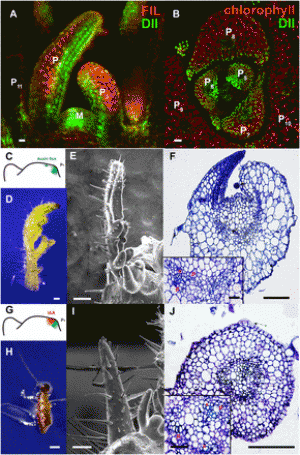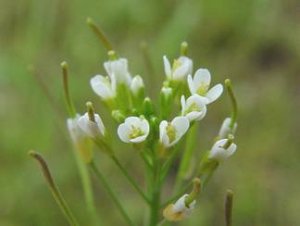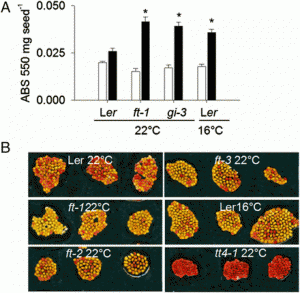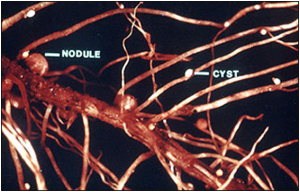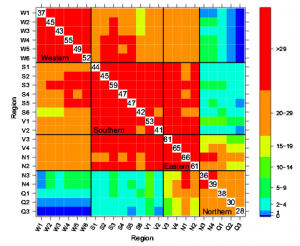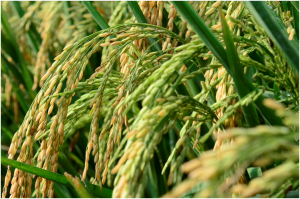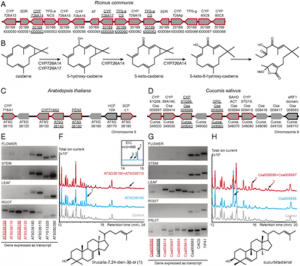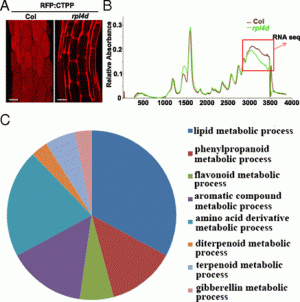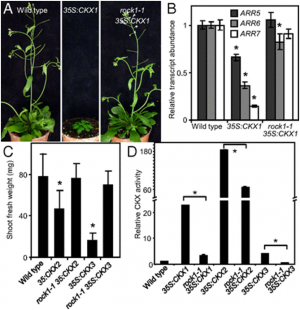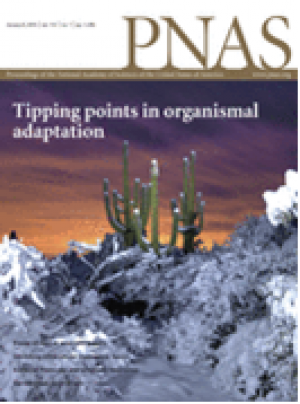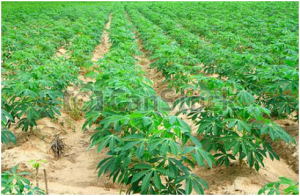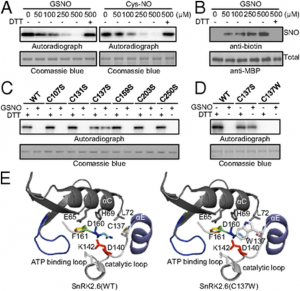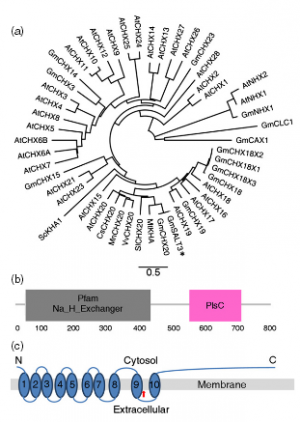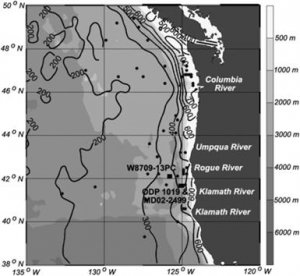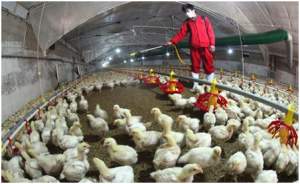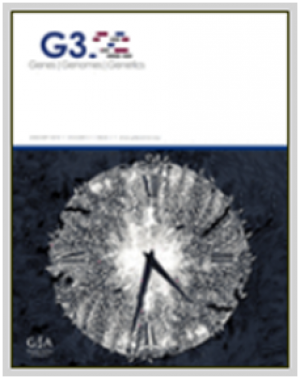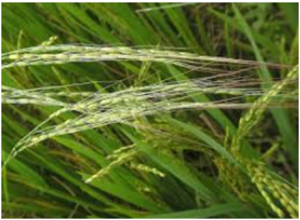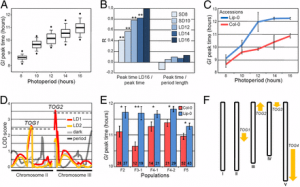|
Breeding for disease resistance in soybean: a global perspective
Saturday, 2022/12/10 | 08:15:08
|
|
Feng Lin, Sushil Satish Chhapekar, Caio Canella Vieira, Marcos Paulo Da Silva, Alejandro Rojas, Dongho Lee, Nianxi Liu, Esteban Mariano Pardo, Yi-Chen Lee, Zhimin Dong, Jose Baldin Pinheiro, Leonardo Daniel Ploper, John Rupe, Pengyin Chen, Dechun Wang & Henry T. Nguyen Theoretical and Applied Genetics November 2022; vol. 135: 3773–3872 Key messageThis review provides a comprehensive atlas of QTLs, genes, and alleles conferring resistance to 28 important diseases in all major soybean production regions in the world. AbstractBreeding disease-resistant soybean [Glycine max (L.) Merr.] varieties is a common goal for soybean breeding programs to ensure the sustainability and growth of soybean production worldwide. However, due to global climate change, soybean breeders are facing strong challenges to defeat diseases. Marker-assisted selection and genomic selection have been demonstrated to be successful methods in quickly integrating vertical resistance or horizontal resistance into improved soybean varieties, where vertical resistance refers to R genes and major effect QTLs, and horizontal resistance is a combination of major and minor effect genes or QTLs. This review summarized more than 800 resistant loci/alleles and their tightly linked markers for 28 soybean diseases worldwide, caused by nematodes, oomycetes, fungi, bacteria, and viruses. The major breakthroughs in the discovery of disease resistance gene atlas of soybean were also emphasized which include: (1) identification and characterization of vertical resistance genes reside rhg1 and Rhg4 for soybean cyst nematode, and exploration of the underlying regulation mechanisms through copy number variation and (2) map-based cloning and characterization of Rps11 conferring resistance to 80% isolates of Phytophthora sojae across the USA. In this review, we also highlight the validated QTLs in overlapping genomic regions from at least two studies and applied a consistent naming nomenclature for these QTLs. Our review provides a comprehensive summary of important resistant genes/QTLs and can be used as a toolbox for soybean improvement. Finally, the summarized genetic knowledge sheds light on future directions of accelerated soybean breeding and translational genomics studies.
See https://link.springer.com/article/10.1007/s00122-022-04101-3
Figure 1: Global soybean yield production in 2020 (data obtained from FAOSTAT) and major diseases in top ten soybean production countries. SCN: soybean cyst nematode; SDS: sudden death syndrome; PSS: Phomopsis seed decay; CLB: Cercospora leaf blight; SMV: soybean mosaic virus; BYMV: bean yellow mosaic virus; AMV: Alfalfa mosaic virus. |
|
|
|
[ Other News ]___________________________________________________
|

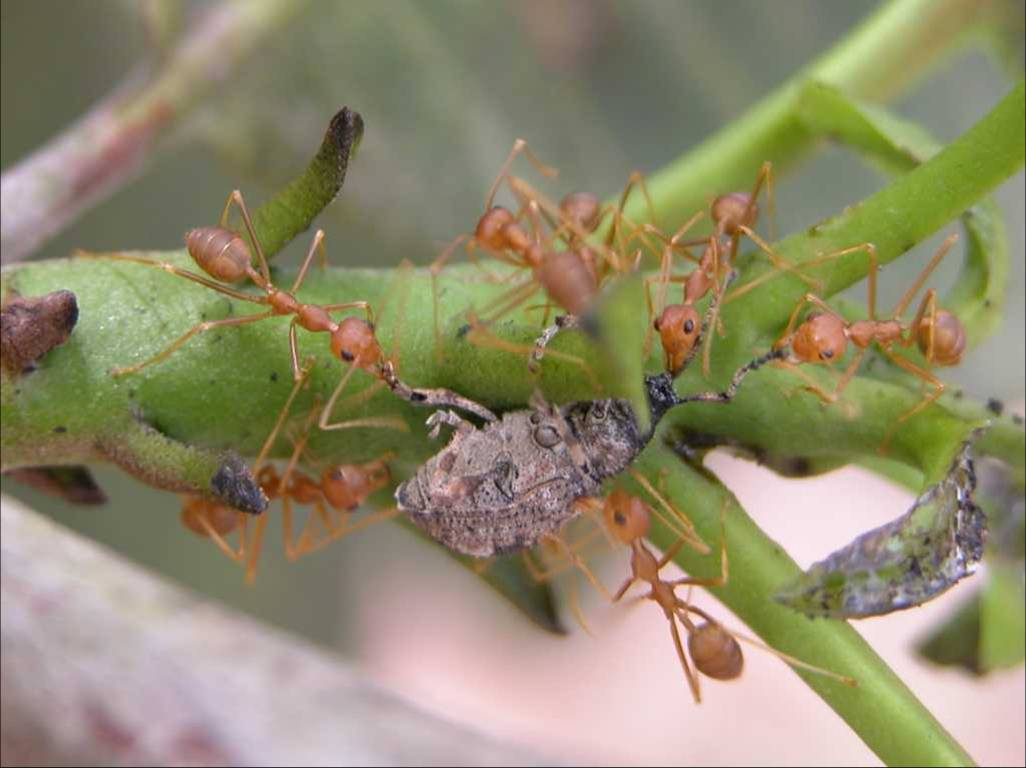
 Curently online :
Curently online :
 Total visitors :
Total visitors :
(114).png)
